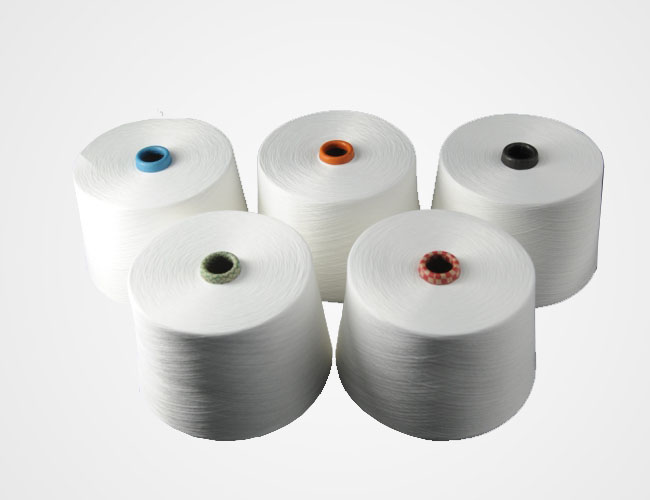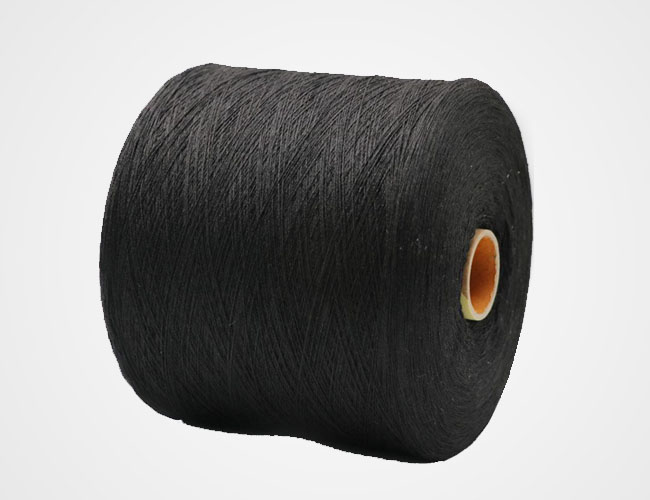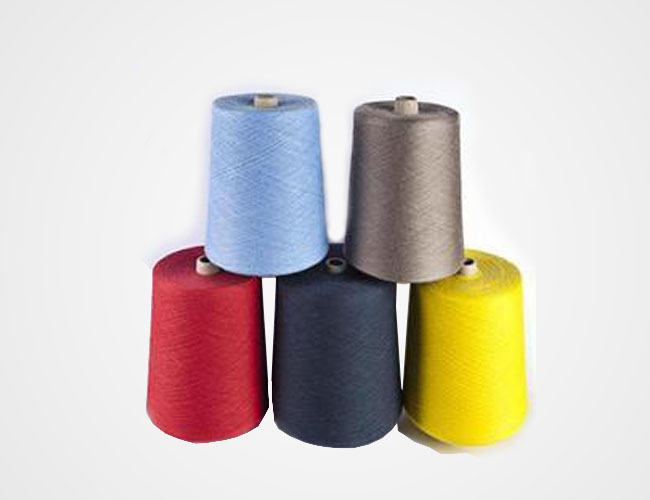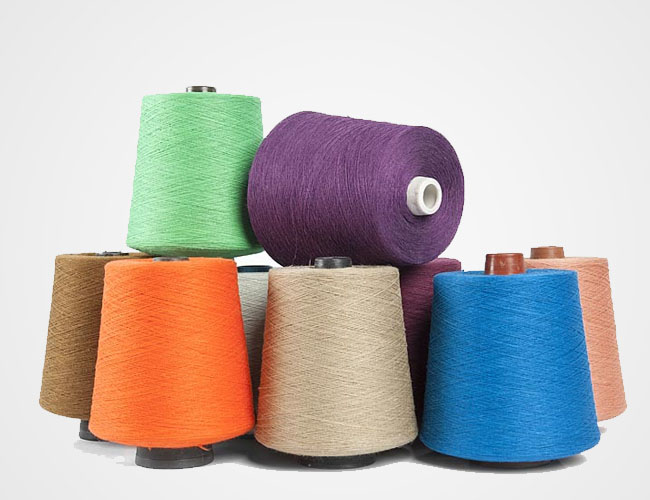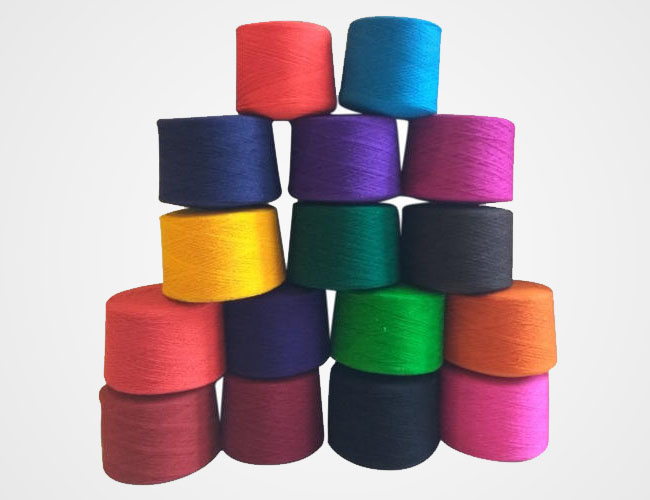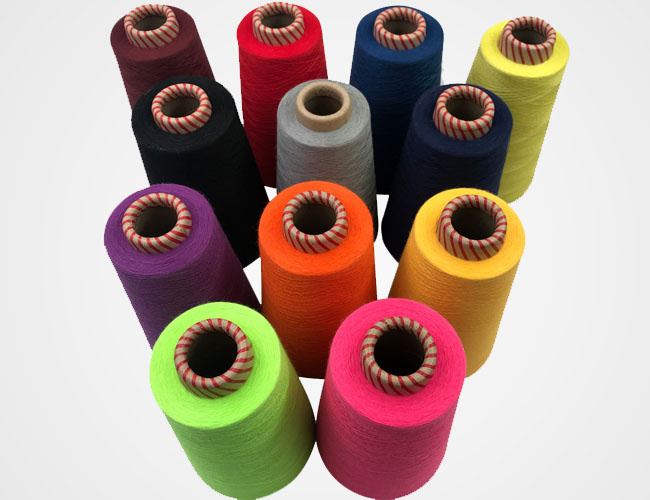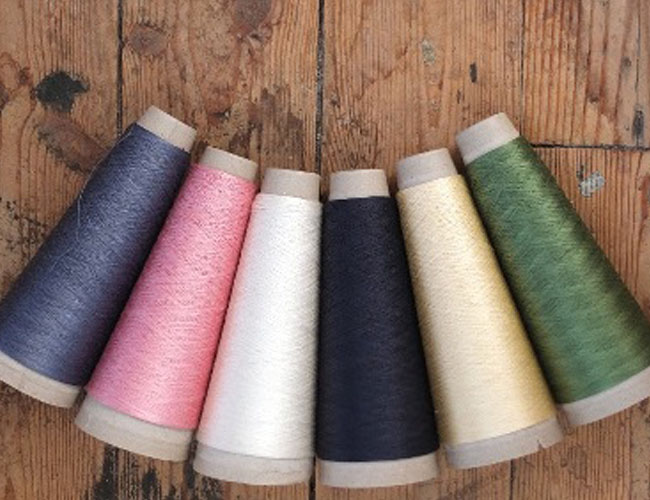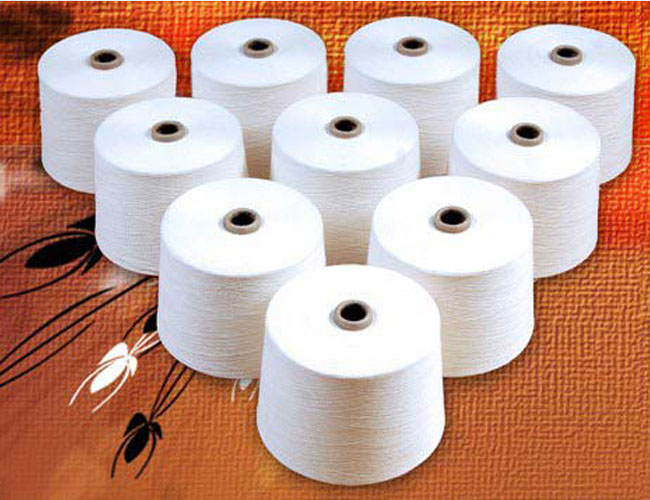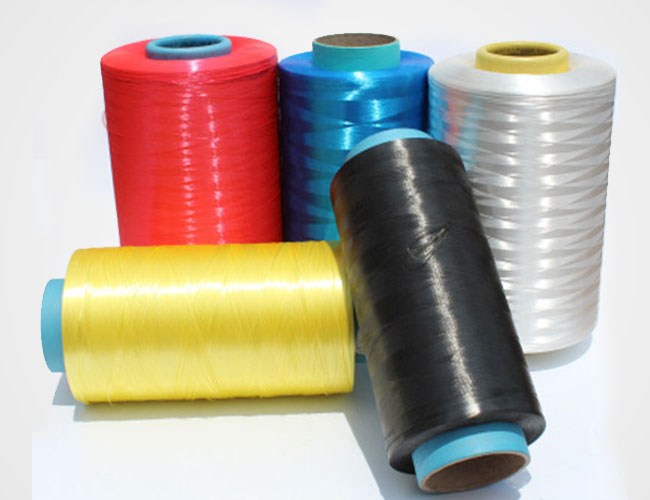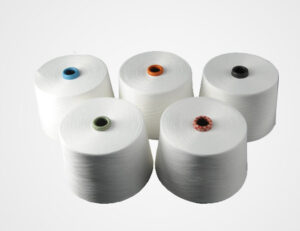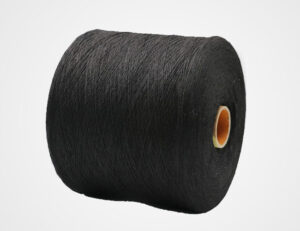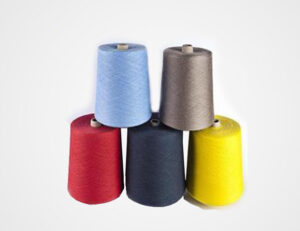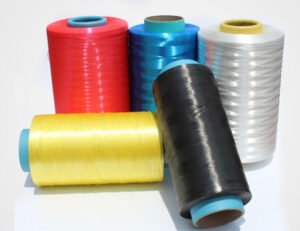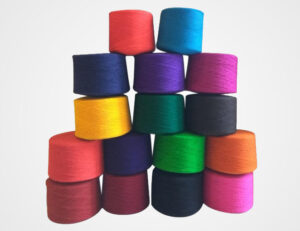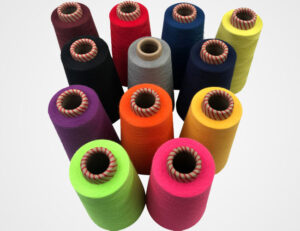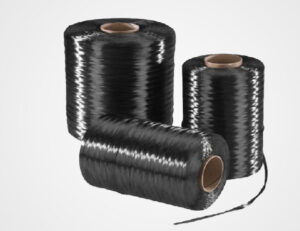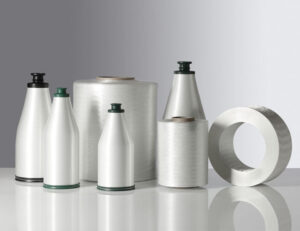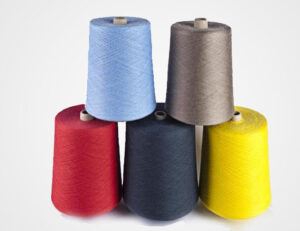LDPE Resin
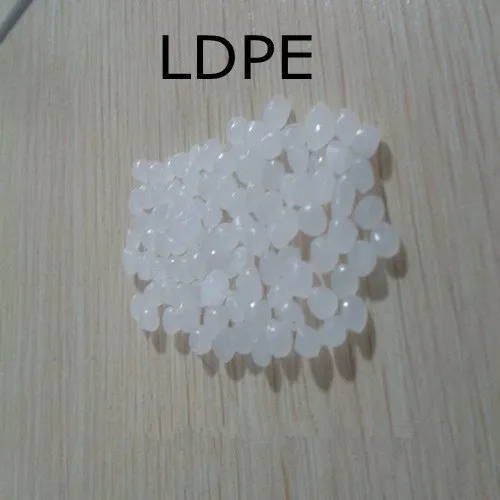
1. It is mainly used to make film products. Low density polyethylene Idpe resin can be used to produce agricultural films (such as ground cover films, greenhouse films), packaging films, blown films for liquid packaging, heavy packaging bags, shrink packaging films, elastic films, lining films. LDPE also has a wide range uses in construction films, general industrial packaging films and food bags.
2. Used for wire and cable insulation and sheathing. Cross-linked low density polyethylene is the main material for the insulation layer of high-voltage power cables.
3. For injection molding products, such as plastic flowers, medical appliances, pharmaceuticals and food packaging materials.
4. Extrusion molding pipes, plates, profiles and other products.
5. LDPE resin is used to produce blow-molded hollow products, such as food containers, containers for medicines, cosmetics, and chemical products, tanks, etc.
- HDPE resin can be processed into films, wire and cable sheaths, pipes, various hollow products, injection molding products, fibers, etc. Widely used in agriculture, packaging, electrical and electronic, machinery, automobiles, daily sundries and other fields.
- Plastic products can be formed by injection, extrusion, blow molding and rotational molding.
- Rotational molding. Injection molding products such as large containers, storage tanks, barrels, boxes, etc.
- Injection molding products. There are totes, bottle caps, buckets, caps, food containers, trays, bins, boxes, and plastic flowers.
- Blow molding products. Hollow molding products, such as various series of blow molding barrels, containers, bottles, containing detergents, chemicals, cosmetics, gasoline tanks, daily necessities, etc. There are also blown film products such as food packaging bags, grocery shopping bags, fertilizer lining films, etc.
- Extruded products. Pipes and fittings are mainly used in gas transportation, public water and chemical transportation, such as building material drainage pipes, gas pipes, hot water pipes, etc. Sheets are mainly used in seats, suitcases, carrying containers, etc.
| Brand | Grade Type | Grades |
|---|---|---|
| Sabic LDPE | General Grade | 2102NOW, 2102N3W, 2402H3W, HP2022JN, HP2023JN, HP2023NN, 2100NO, 2100NOW, 2101NOW, 2200HO, 2200H2, 2201HO, 2201H1, 2201H3W, 2404H4, 2404NO, 2500NO, 2501NO, 2501NOW, 2600HO, HP0322N, HP0322NN, HP0323NN, HP0722NN, HP0723JN, HP0823NN, HP20023, HP2025NN, HP2027LN, HP2027NN, HP4023WN, HP4024N, HP4023WN, HP4023WN, HP4027JN, HP4027NN, HP7022, HP7023 |
| Sabic LDPE | Film Grade | 2005EC, 2008NO, 2015NO, 2308NO, 2402H3W, 2404NO, 1965NO |
| Sabic LDPE | Ultra Melt Strength (UMS) Grade | 1905UO, 2202UO |
| Sabic LDPE | Foam Applications | 2004CX3, 2102X0, 2102X3, 2402CXO, 2600HO, 2602X1, HP0323NN, HP0823NN, HP2024JDF, HP2024NDF |
| Sabic LDPE | Food Grade | 1922NO, 2201HOW, 2201H1W, 2602HOW, 2801 HOW |
| Sabic LDPE | Blown Film Extrusion Grade | 2202H3W, 2402HO, HP0321NN, HP0723JN, HP0724NN, HP4025ZN |
| Brand | Grade Type | Grades |
|---|---|---|
| Marlex LDPE | Blow Molding | 4538A, 5104 |
| Marlex LDPE | Injection Molding | 1007, 1009, 1122B, 1412, KN226 |
| Marlex LDPE | Blown Film | 1122, 5335, 5561, 5563, 5613, 5619, 5626, 5754, 5755 |
| Marlex LDPE | Cast Film | 4571, 5428, 5429, 5430, 5440 |
| Marlex LDPE | Extrusion Coating and Lamination | 1013, 1017, 1018, 1019, 4517 |
| Brand | Grades |
|---|---|
| Lotrene LDPE | MG 70, LA0710, FB 3003, FB5026, FD0270, FD0274, FD0374, FD0474, FE3000, FE8000, FE8004 |
| Item | Grades |
|---|---|
| DOW LDPE | LDPE 150E, LDPE 310E, LDPE 312E, LDPE 352E, LDPE 450E, LDPE 582E, LDPE 780E, LDPE 722, Agility EC7000, Agility EC7220, Agility XZ89166 |
| Item | Grades |
|---|---|
| ExxonMobil LDPE | LD 051.LQ, LD 071 Series, LD 080 Series, LD 100.BW, LD 102.LC, LD 103 Series, LD 105 Series, LD 117 Series, LD 123.LN, LD 129.DS, LD 136.MN, LD 143.DJ, LD 165.BW1, LD 200.48, LD 201.48, LD 202.48, LD 241.48, LD 302 Series, LD 306 Series, LD 312 Series, LD 313.NF, LD 317.PM, LD 319.PM, LD 331.NM, LD 419.MV, LD 506.07, LD 516.LN, LD 521.LN Blown, LD 521.LN Molding, LD 617.LN, LD 637.LI, LGA 105 |
| Item | Grades |
|---|---|
| LyondellBasell LDPE | LD1800S, LD2420D, LD2420F, LD2420K, LD3020F, LD3020K |
- The strength is lower than that of high density polyethylene hdpe, and the impact strength is greater than that of HDPE.
- Cold, low temperature and high temperature resistance. The thicker film can withstand the sterilization process of soaking in hot water at 90°C.
- Good moisture resistance, stable chemical properties, insoluble in common solvents.
- It has greater air permeability. So when used as food packaging that is easily oxidized, the storage period of its contents should not be too long.
- The oil resistance is poor, and the product can be slowly swelled.
- It will age under the action of ultraviolet rays and heat for a long time, which will affect its physical and dielectric properties. The melting point is 110-115°C, and the processing temperature is 150-210°C. If it is in an inert gas, the temperature can reach 300 °C and it is still stable. However, the melt is prone to degradation in contact with oxygen.
- In addition to strong oxidizing acids, it is generally resistant to corrosion by acids, alkalis, and salts.
- LDPE resin has excellent electrical insulation properties, low water vapor transmission rate and good fluidity. It has good molding performance and is suitable for various thermoplastic molding processes such as injection molding, extrusion molding, blow molding, rotational molding, coating, foaming process, thermoforming, hot air welding, and thermal welding.
According to the polymerization method, low density polyethylene resin can be divided into high pressure method and low pressure method. According to the type of reactor, it can be divided into tank method and tubular method.
Using ethylene as raw material, it is sent into the reactor, and under the action of the initiator, the polymerization reaction is carried out under high pressure compression.
The materials coming out of the reactor, after removing unreacted ethylene through the separator, are granulated by melt extrusion, dried, blended, and sent for packaging.
Both LDPE resin and LLDPE resin have very good rheology or melt flow. LLDPE is less shear sensitive because of its narrow molecular weight distribution and short chain branches. During shearing, LLDPE maintains a greater viscosity and is therefore more difficult to process than LDPE with the same melt index. As the deformation rate of polyethylene increases, LDPE resin shows a surprising increase in viscosity, which is caused by molecular chain entanglement.

